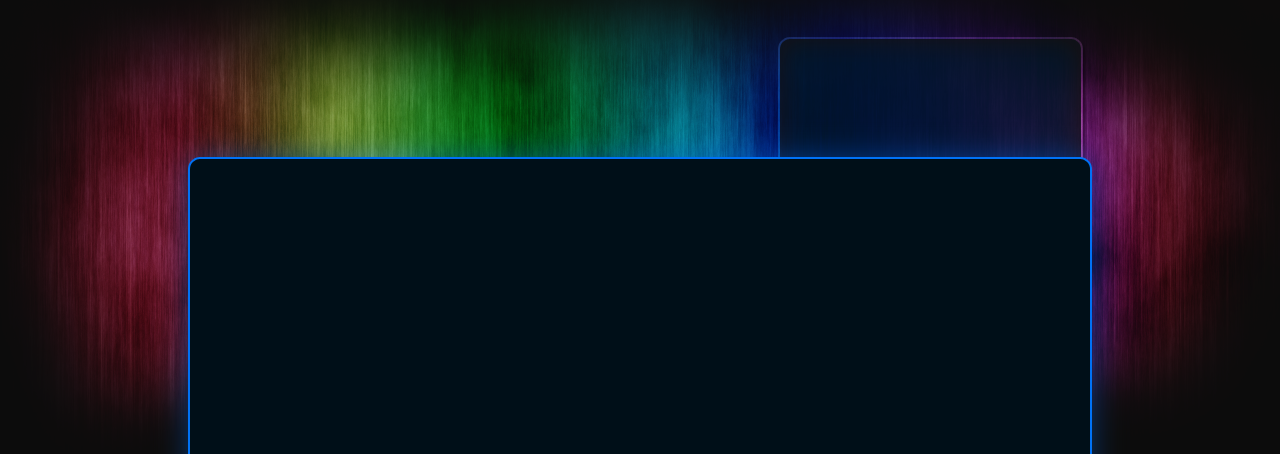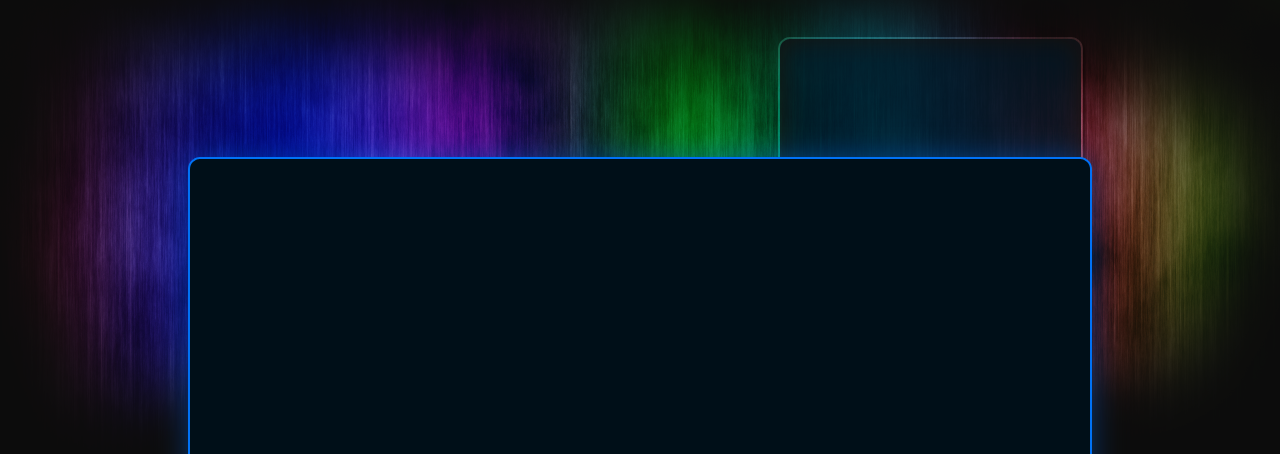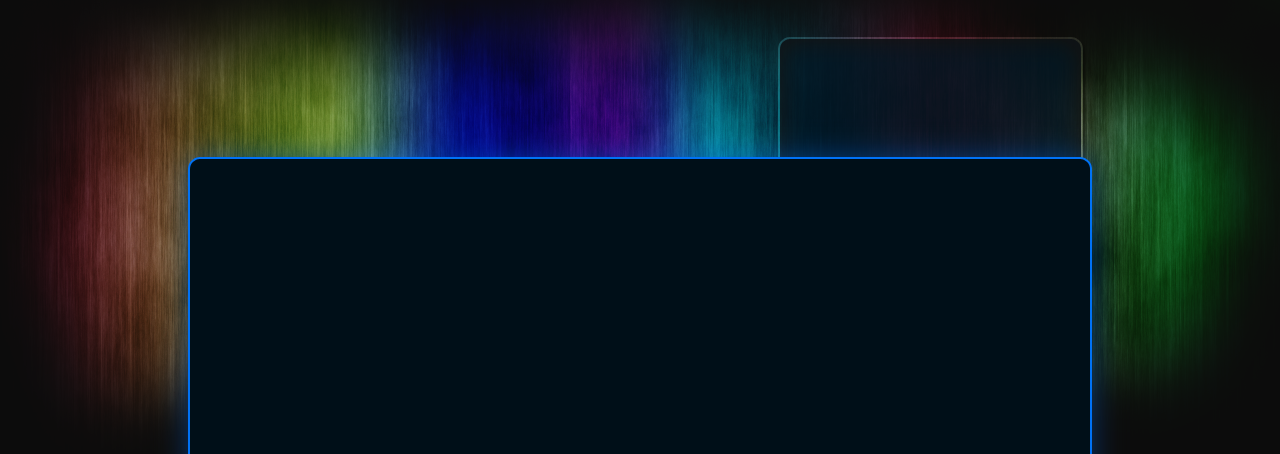8
Dez
By exposing mice in the early stages of Alzheimer’s to flickering LEDs, researchers were able to reduce their brains‘ production of beta amyloids, a protein associated with the disease. Though still in its early stages, the research could lead to a noninvasive treatment option for the millions of people suffering from Alzheimer’s worldwide.
Quelle: We May Be Able to Treat Alzheimers With Light
18
Okt
This presentation was delivered last week (14.10.2016) during the LightSymposium 2016 in Wismar, Germany. I tried to provide an insight into the complicated neuroendocrine mechanisms which are mainly controlled by light. Again, it started with a short introduction explaining the (chemical) evolution on planet earth. The three main chapters concern biochemical, anatomical and functional photoendocrinology in animal and man, based on the fundamental work of Prof. Fritz Hollwich. The end of the presentation challenges the contemporary concept of „Human Centric Lighting“.
26
Jul
This lecture from Alexander Wunsch was presented at the 84th International Conference on Light and Vision of the College of Syntonic Optometry (CSO) in Indianapolis, IN, USA.
Abstract:
In photobiology, the definition of action spectra is a crucial step in understanding the underlying mechanisms. Once the action spectrum is found, it often serves as a guide for phototherapeutic interventions, aiming to match the wavelength as closely as possible. Lasers and LED light sources are on the rise and widely available. Monochromatic light is highly effective – but mother nature´s light sources are differently composed. The presentation discusses the value of diligently combined wavelengths even from opposite regions of the light spectrum for phototherapy, photoprevention and cosmetic use.
Remarks: Some of the topics have been addressed in other presentations provided on my vimeo account. Anyhow, repetitions can help to make things clearer. Or, in Latin words: repetitio est mater studiorum…
24
Jul
http://link.springer.com/book/10.1007%2F978-1-4612-6132-2
I have just discovered that this amazing book from Prof. Fritz Hollwich can be downloaded from Springer Link as a pdf at a very reasonable price ($69.99) compared to the softcover reprint (e. g. Amazon, 93.08 €) and original hardcover edition (e. g. Amazon, 551.70 € and more…).
From the preface:
„This book was written to show that light is a primal element of life. All life originates and develops under the influence of the light of the sun, that „super terrestrial natural force“ (Goethe).“
„Sunlight influences the vital processes not only of the plant (e. g. , heliotropism, photosynthesis) and the animal (e. g. , color change, maturation of the gonads) but of man as well. The human organism too reacts „heliotropically,“ as the 24 hour rhythm of the sleep-waking cycle demonstrates.“
„Artists have always perceived clearly the intensive stimulatory effect sunlight on their activity.“
„One is reminded here of Cesare Lombroso, who wrote to his daughter „that thoughts come in the greatest profusion when (my) room is flooded with the sun’s rays.“ Richard Wagner exclaimed: „If only the sun would come out, I would have the score finished in no time.“ Bernard Shaw had a little cottage where he worked that could be turned according to the position of the sun. The composer Humperdinck wrote: „The sun is indispensable for my work; that is why it is important for me to have my study face east or south.“ As these few examples indicate, it is above all those active in the arts who intuitively grasp the positive influence of sunlight on the psycho-physical efficiency of their organism.“
„In an age, however, when fluorescent lighting turns night into day, we are in danger of forgetting that man is a creature of nature as well as of culture.“
„Artificial light cannot replace natural daylight.“
30
Aug
HD version: https://vimeo.com/137681449
Presentation held by Alexander Wunsch at the European Forum Alpbach 2015, Workshop #12, August 28th, 2015 on Vimeo:
Title: LED Lighting for Health – Status Quo or Dreams of the Future?
Abstract: Contemporary artificial light sources such as LEDs offer low energy consumption, extended life cycles and optimal integration into digital light control systems. On the other hand, LED for general lighting purposes exhibit a spectral energy distribution and other properties which are far apart from natural light sources and lighting conditions. The dissection of the full spectrum found in non-thermal light sources may turn out to be problematic with regard to the coordinated light sensing via ocular, dermal end cellular light perception pathways in humans. Possible endocrine, visual and chronobiological effects of non-thermal light sources are discussed and proposals for spectral properties of bio-compatible light sources are provided.
23
Jul
Quyen Nguyen: Color-coded surgery | Talk Video | TED.com.
Light and colors in the operation theatre – a new approach for minimal invasive surgery. Fluorescence staining helps surgeons to tell the good from the bad.
Deutsche Untertitel!
5
Aug
Living Light: Self powered lamps that grow herbs for cooking » Food Oddity.
I am wondering if the spectral properties of the OLED panels are pleasant to the human eye…




